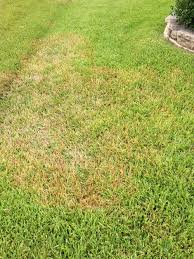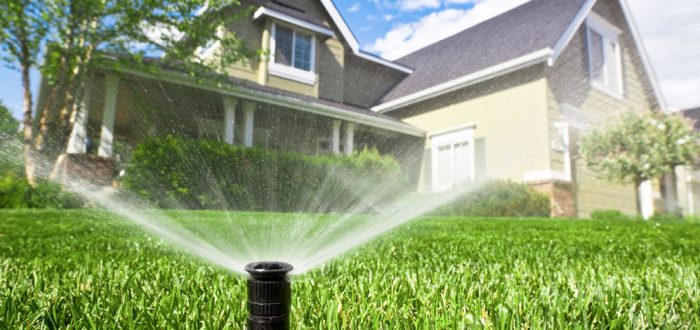Summer, Sun, and Saving Water
With summer here and the thermometer steadily on the rise, it’s important to keep yourself, and your lawn hydrated! However, it is possible to get too much of a good thing. Over-watering will not only hurt your wallet, but will also damage your lawn and outdoor plants. There is a delicate balance between too much and too little, but we’re here to make it easy for you. Here’s how to save water while keeping your yard (and your wallet) full of green!
What does over-watering do?
When the high is 95 degrees and the low is 85 degrees, it feels like your yard needs water every day to remain healthy and green. While this may prevent your grass from drying out and dying, too much water will kill it just as dead.
The soil underneath your grass and outdoor plants is not only full of sand and silt and such, but also little porous spaces where air and water filter in. When overwatering occurs, these tiny spaces are completely filled and the roots can drown because there’s no oxygen. This leaves your plants with a shallow, unhealthy root system. Shallow roots in turn cause your plants and grass to become more easily affected by bugs and diseases. By overwatering, you also create standing water and this makes your lawn susceptible to fungus, thatch, weeds, and insects
It’s a little easier to see the damage from overwatering on outdoor plants with larger leaves. For example, when there’s too much water, leaves will turn brown and wilt. Rather than drying out and becoming crunchy, overwatered leaves are limp and soft. Leaves may also develop ‘blisters’. When too much water is absorbed, water pressure builds up inside the cells of leaves. Eventually these cells burst, leaving a brown or white lesion behind.

Brown Patch may be a sign of over watering
When in doubt, consult a lawn maintenance professional to get more information on watering your turf and shrubbery. Better to find out “before” you damage your lawn.
How much is just enough to keep it green?
Generally speaking, Virginia gets plenty of rainfall. If you’re running your sprinklers daily it’s almost definitely too much. Anytime there are water puddles or run-off from watering onto curbs and driveways, the lawn has been overwatered.
When grass takes on a bluish tinge and your footprints show for a long time, the grass is dry. In a perfect world, watering would occur about a day before this happened. But how can you tell when to water before you can see the damage?
One common rule is to water your yard no more than an inch a week. To check how long it takes to get an inch of water from your sprinklers scatter a few small cans marked at the one inch point throughout your yard, start the sprinklers, and then wait until the cans hit the mark. However long it takes to fill them is how long to run your sprinklers once a week. Water your yard infrequently, but when you do, make sure the water penetrates the soil deep enough to develop healthy root systems. To check if it’s reached the desired depth (about 3 or 4 inches) you can simply stick a screwdriver or something similar into the soil.
Reap the Rewards and Save Water
Imagine yourself sitting on your back porch with a glass of ice cold sweet tea in hand. The smell of burgers and hot dogs teases your nose as you join your family on your perfectly manicured emerald green lawn for the first barbecue of summer. Friends and family are gathered in their bright summer sundresses and Hawaiian shirts, kids run barefoot through the soft grass. The day is clear, the food is good, and the company is irreplaceable.
For more information on this and general grounds maintenance, please Contact Us
Sources:
http://valleycresttakeson.com/watermanagement/resources/four-signs-you-are-overwatering-your-plants/

